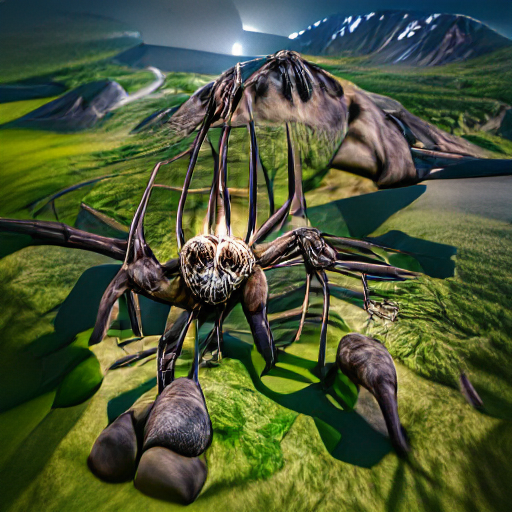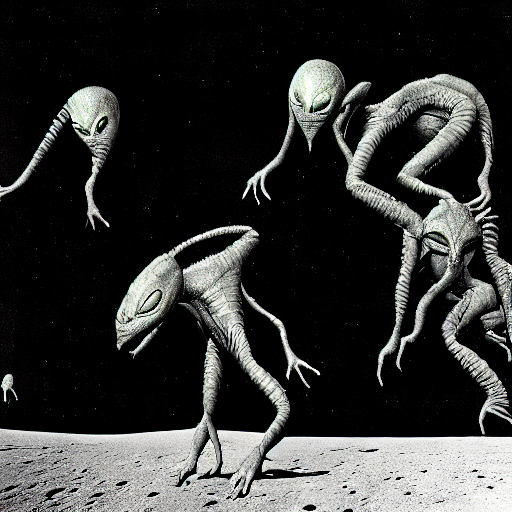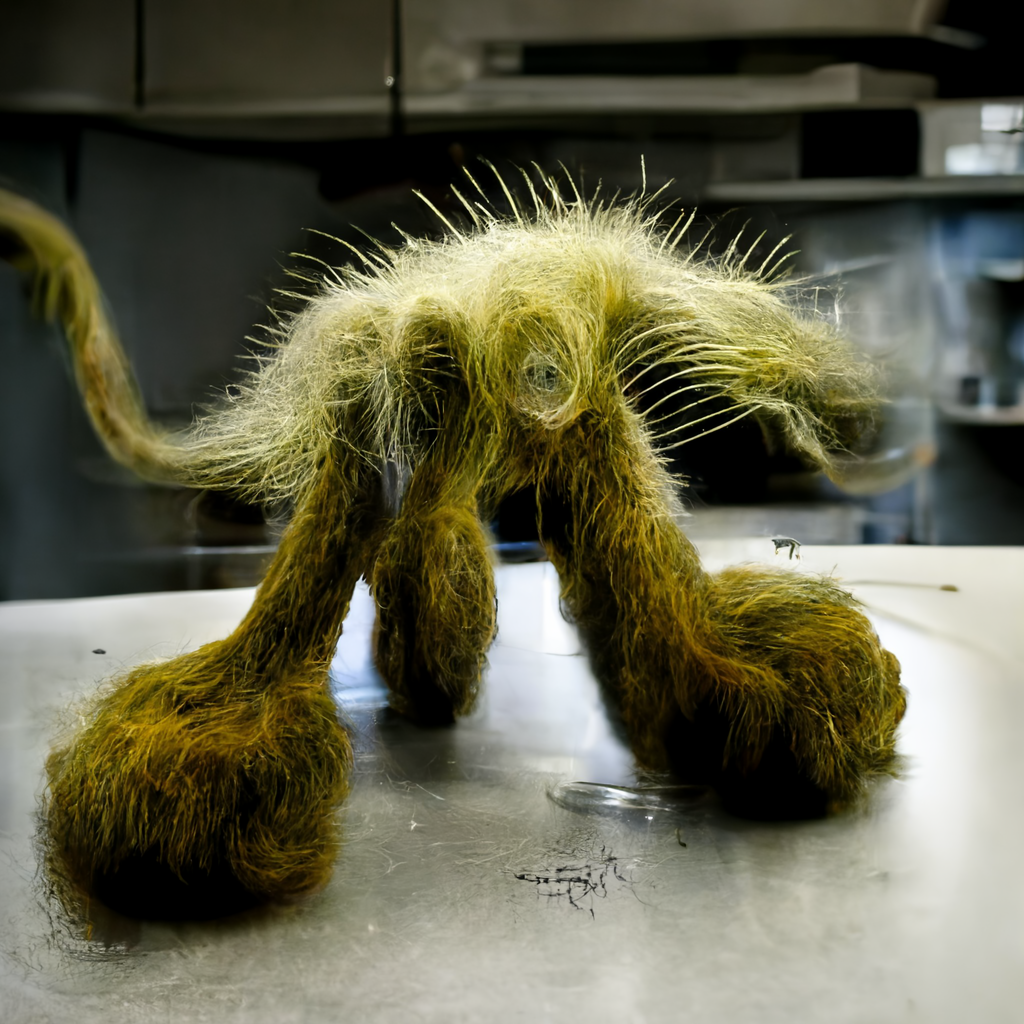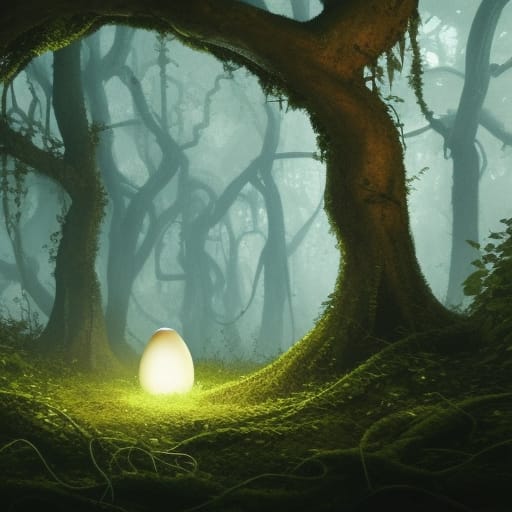

Named after the bony appendages they use to trap live prey with on their back, the lesser cagespider is a terrifying sight to behold. Unlike their larger variants, these cagespiders are only about the size of a large oak tree. They typically prey on ogres, giants, elephants, and other larger animals.

Explore an endless universe of ficticious life on NovelGens.





